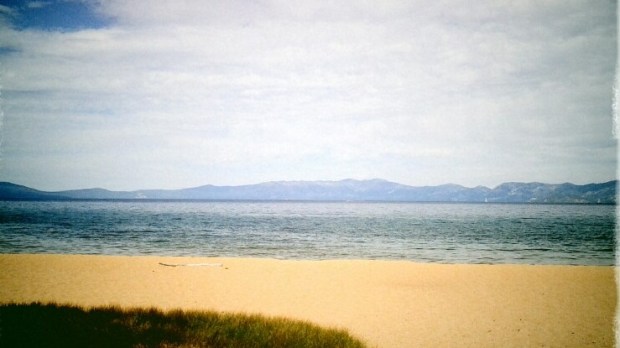With 75% of the earth covered by water, it’s sometimes hard to imagine that nearly a billion of her inhabitants live without safe water. But as Fides news agency points out, 923 million people lack access to safe drinking water.
But innovative solutions are coming forward to bring safe drinking water to some of the worst-affected populations of the world.
In Peru, for example, residents of Lima are accustomed to the capital’s arid conditions. In a typical year, rainfall in this coastal desert region amounts to little more than half an inch.
About 700,000 people have no access to clean water for drinking or bathing, according to Popular Mechanics, and 600,000 residents rely on cisterns.
From December to February, however, which is summer in the Southern Hemisphere, the humidity level of the air can exceed 90%. That’s water, but how can it be collected?
Engineers from Peru’s University of Engineering and Technology (UTEC) last December erected a billboard that did just that.
A billboard? Well, that’s the vehicle. But inside the sign, high above the Bujama District of Lima, five condensers liquefy the humidity. Reverse-osmosis purifies the water, which drips down into a 20-liter storage tank, generating about 96 liters a day. Local residents can then turn a faucet and help themselves.
Popular Mechanics noted that there has been at least one prior effort like this. In 2011, a French company installed a wind turbine in Abu Dhabi, which the company claims generates more than 1400 liters of water a day.
In Ethiopia, meanwhile, there’s a much simpler method that does not rely on electricity. A latticed bamboo tower named for the local Warka tree was designed by European architects to “wring water out of the air,” according to a report in Wired.
…the towers harvest water from rain, fog and dew. This isn’t a new idea—people have been doing this for as long as they’ve needed water, often with air wells. Often built as high-rising stone structures, air wells gather moisture from the air and funnel it into a basin for collection. The WarkaWater functions in much the same way, using mesh netting to capture moisture and direct it into hygienic holding tank accessed via a spout.
Now, as designers get set to introduce a new and improved model, they may be relying on research at MIT on the fog and dew harvesting technique of the Namib beetle.
And while MIT are observing bugs, MSU is looking to cows.
Researchers at Michigan State University have found a way to turn cow manure into clean water and extract nutrients from that water to serve as fertilizer. According to MSU:
Known as the McLanahan Nutrient Separation System, it takes an anaerobic digester – a contraption that takes waste, such as manure, and produces energy as a byproduct – and couples it with an ultrafiltration, air stripping and a reverse osmosis system. The result, or at least one of the results, is water clean enough for livestock to drink, or, at the very least, to dispose of in an environmentally friendly manner. “If you have 1,000 cows on your operation, they produce about 10 million gallons of manure a year,” said Steve Safferman, an associate professor of biosystems and agricultural engineering who is involved in the project. “About 90 percent of the manure is water but it contains large amounts of nutrients, carbon and pathogens that can have an environmental impact if not properly managed.”
It’s not all engineering and architecture and agri-science that is helping to answer the world’s water crisis. Once the water is there, it has to be delivered to those who need it. After the 2010 earthquake in Haiti, some plumbers in Seattle, Wash., realized that the country—the poorest nation in the Western hemisphere—might need some help with its water infrastructure. So along with members of the Northwest Washington Chapter of IAPMO and the Cascade Chapter of IAPMO, they announced the formation of Plumbers Without Borders. Their mission is to connect volunteer plumbing and mechanical tradespersons with organizations committed to increasing access to safe water and sanitation. PWB is building an online database network of volunteers, organizations and projects.
Said the group’s website: “We believe that by connecting plumbing volunteers with organizations and their projects, everyone benefits, and we move closer to reaching the ultimate goal of improving health in all communities, worldwide.”

